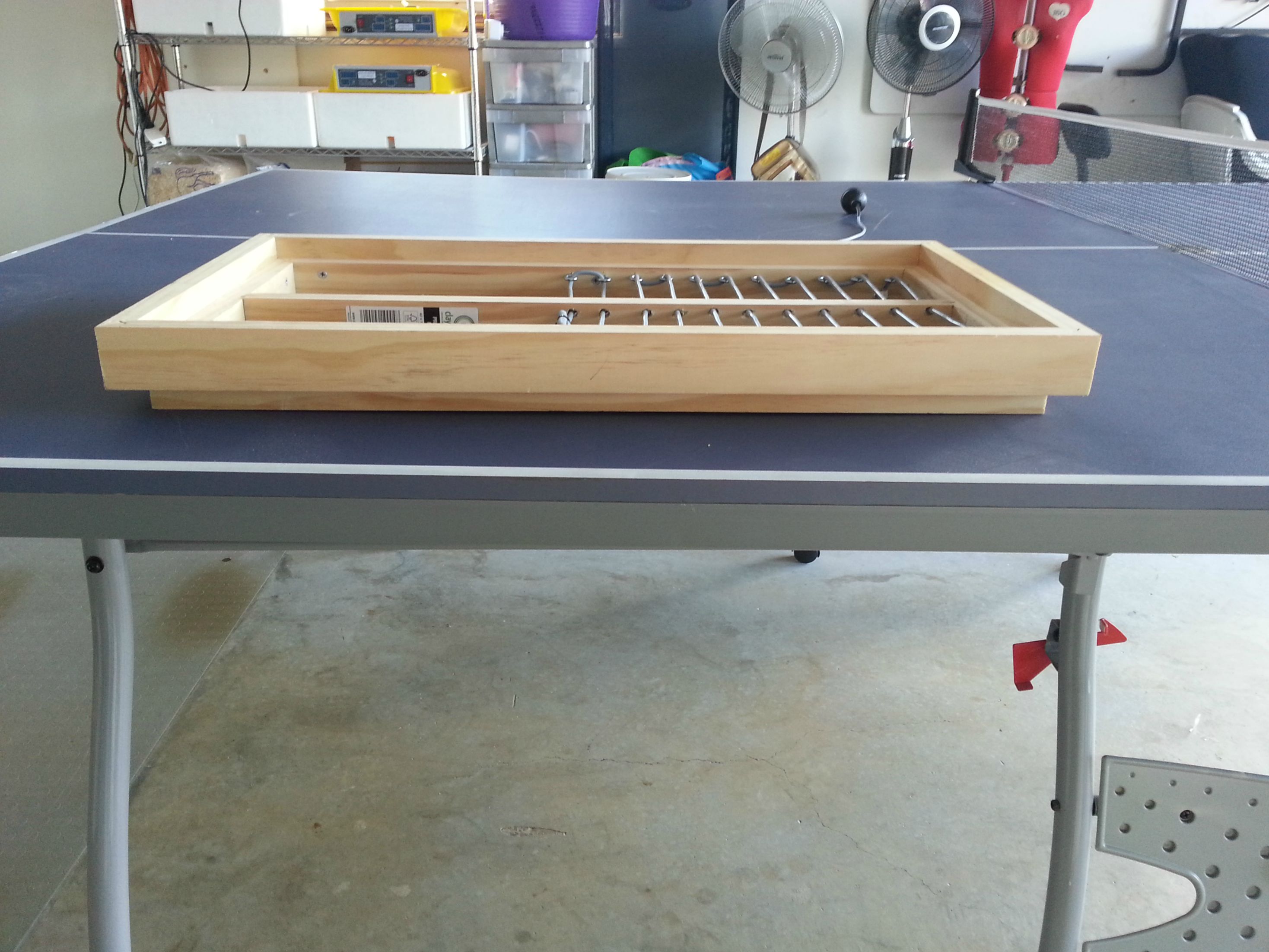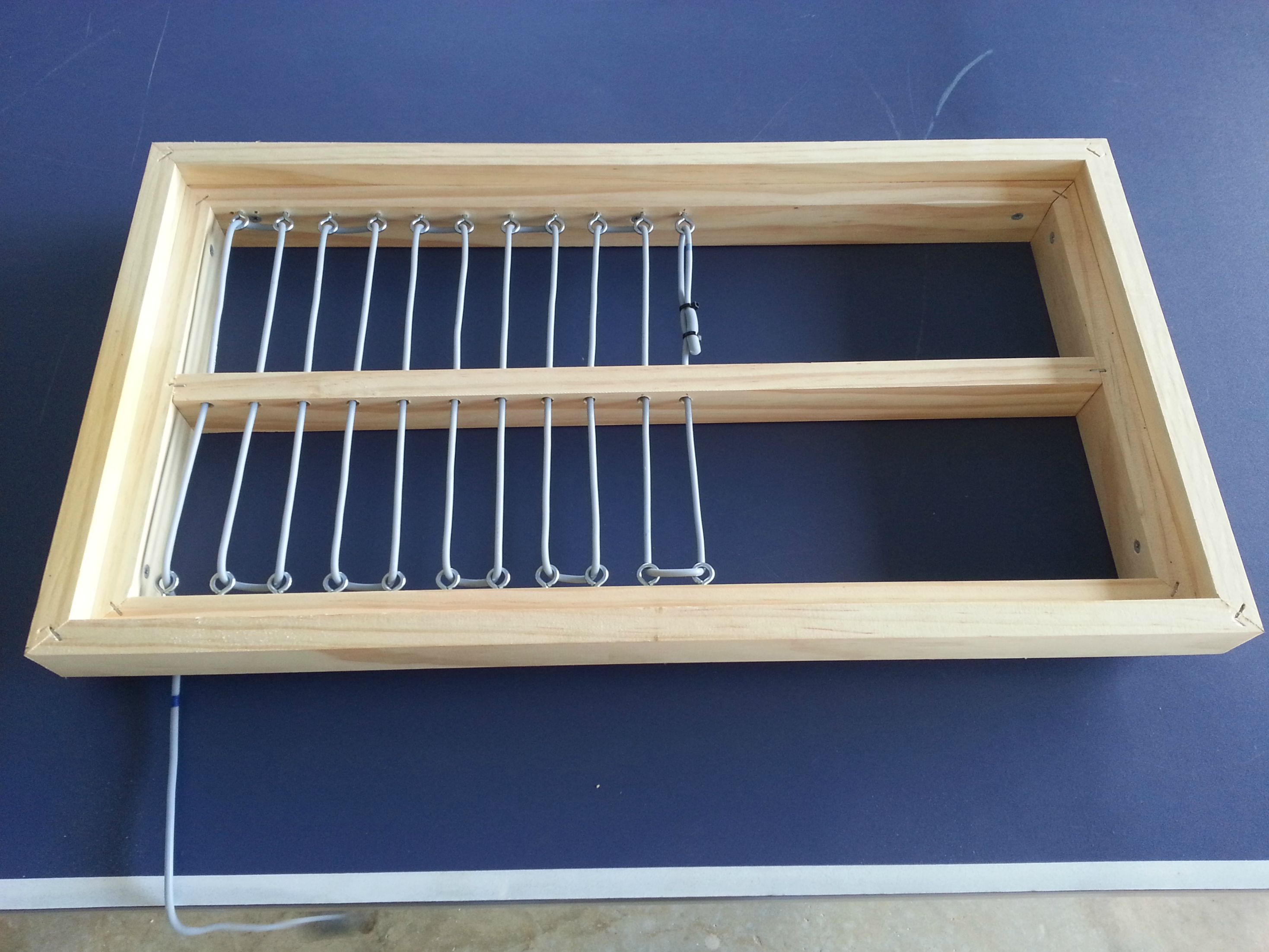I've never used a heat cord & I was wondering;
i) Can you use silicon to secure heat cord to a tile or ply wood board?
ii) I understand plywood may not be the best medium to conduct heat through but do you think there would be sufficient enough heat to go through 8mm plywood flush against the glass bottom of a fish tank?
iii) Would the heat cord be damaged at all under the full weight of a fish tank/ vivarium... & with OR without a sheet of styrofoam?
iv) Would it be safe to lay the heat cord inside the viv with simply pebbles on top of it?
v) Can I cable tie the thermostat probe to the actual heat cord & if so, at the beginning of the cord or more to the mid-length of the cord?
Cheers in advance.
i) Can you use silicon to secure heat cord to a tile or ply wood board?
ii) I understand plywood may not be the best medium to conduct heat through but do you think there would be sufficient enough heat to go through 8mm plywood flush against the glass bottom of a fish tank?
iii) Would the heat cord be damaged at all under the full weight of a fish tank/ vivarium... & with OR without a sheet of styrofoam?
iv) Would it be safe to lay the heat cord inside the viv with simply pebbles on top of it?
v) Can I cable tie the thermostat probe to the actual heat cord & if so, at the beginning of the cord or more to the mid-length of the cord?
Cheers in advance.





